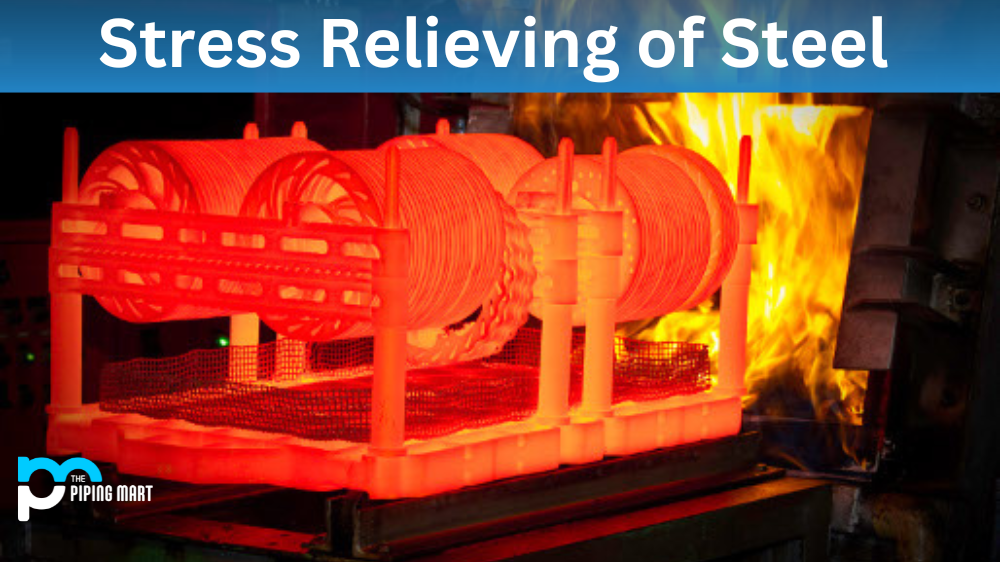Stainless steel is a popular material used in various applications due to its strength, durability, and corrosion resistance. The most commonly used stainless steel is stainless steel 316L, also known as “marine grade” stainless steel. This blog post will discuss the advantages and disadvantages of using stainless steel 316L for your project.
Advantages of Stainless Steel 316L
Stainless steel 316L is a popular choice for many projects due to its excellent properties. It has high tensile strength and can withstand temperatures up to 1200°C (2192°F). Additionally, it offers superior corrosion resistance compared to other grades of stainless steel; this makes it suitable for use in various environments, including coastal regions and chemical plants. Furthermore, it can be easily welded and machined into complex shapes without compromising its structural integrity. Lastly, it has an attractive finish that is easy to maintain over time.
316L is more resistant to corrosion than 304 stainless steel.
This is because 316L contains molybdenum, giving it better corrosion resistance in specific environments. Additionally, 316L is also resistant to pitting and crevice corrosion.
316L has a higher tensile strength than 304 stainless steel.
This means that it can withstand higher stresses without breaking. Additionally, 316L has a higher yield strength, which means it can bear more weight without deforming.
316L has a higher melting point than 304 stainless steel.
This makes it ideal for applications where high temperatures are present, such as in medical and food processing equipment.
316L is non-magnetic, while 304 stainless steel is magnetic.
This means that 316L will not be attracted to magnets, making it ideal for applications where this is a concern. Additionally, 316L will not lose its magnetic properties when exposed to high temperatures, making it suitable for high-temperature applications.
316L is more expensive than 304 stainless steel.
However, the increased resistance to corrosion and higher strength make it ideal for many applications where these properties are important
Disadvantages of Stainless Steel 316L
Despite its many advantages, some drawbacks are associated with using stainless steel 316L for specific projects. The main disadvantage is its cost; compared to other grades of stainless steel, it is pretty expensive. Additionally, although it offers superior corrosion resistance compared to different stages of stainless steel does not make it immune from corrosion; it can still experience pitting or crevice corrosion if exposed to highly acidic environments or chlorides over time. Moreover, due to its high chromium content (over 10%), welding requires special attention to prevent oxidation or discoloration of the finished product.
Price
One of the most significant disadvantages of stainless steel 316l is its price. This metal is one of the more expensive options on the market, and it cannot be easy to find affordable options.
Corrosion Resistance
While stainless steel 316l is resistant to corrosion, it is not entirely immune. This metal can still decline over time, especially if exposed to harsh chemicals or environments.
Weldability
Another disadvantage of stainless steel 316l is its weldability. This metal is not as easy to weld as other metals, and it can be challenging to find welders experienced in working with this material.
Machinability
Stainless steel 316l is also less machinable than other metals. It can be challenging to create parts and components from this material.
Durability
While stainless steel 316l is a durable metal, it is not indestructible. This metal can still be damaged or scratched if it is not adequately cared for.
Conclusion:
Overall, stainless steel 316L offers an excellent combination of strength and durability while being relatively easy to work with. Its main drawback is cost; however, given its superior properties to other materials such as aluminum or brass, this may be a worthwhile investment depending on your specific needs. Whether you’re looking for something resilient enough for marine applications or versatile enough for everyday use at home or work, stainless steel 316L could be just what you need. If you are considering using this material for your next project but have questions about how best to use it or want more information about its benefits and drawbacks, contact Metric Marketing today! Our team would be happy to answer any questions you have so that you can decide which material will best suit your needs!

Abhishek is a seasoned blogger and industry expert, sharing his insights and knowledge on various topics. With his research, Abhishek offers valuable insights and tips for professionals and enthusiasts. Follow him for expert advice on the latest trends and developments in the metal industry.




